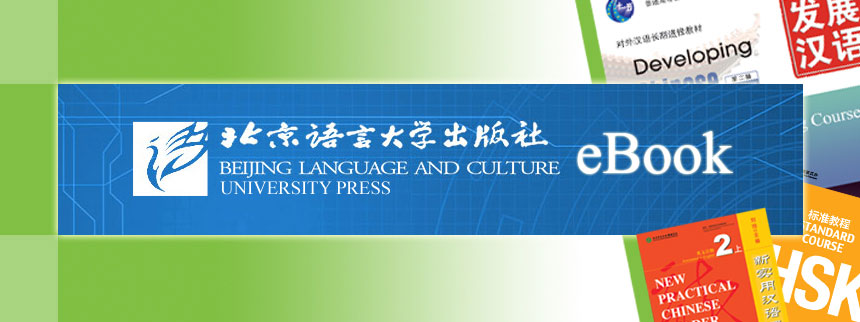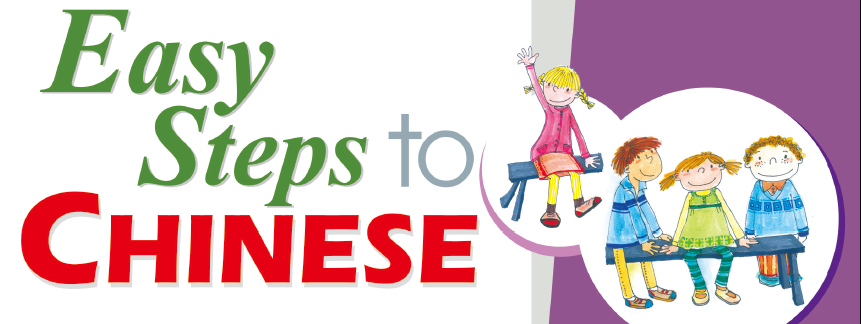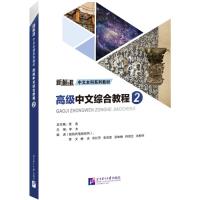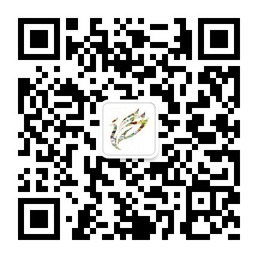Online Bookstore
Advanced Chinese Comprehensive Course Ⅱ
Author:Zhang Hao
- Medium:Books
- ISBN: 9787561966280
- Page Count: 369
- Size:285 × 210 mm
- Pub Date:2025-03
- The book weight: 898 g
- Annotation Language:English
- Course:Comprehensive
- Target Audience(Age):College ,Adults
- Target Audience(Language):Advanced
- Subject Zone: New Standard Chinese Undergraduate Series
- Price:
-
Category: Textbooks >Study in China >Long-Term
Textbooks >Study in China >Degree Education
More














